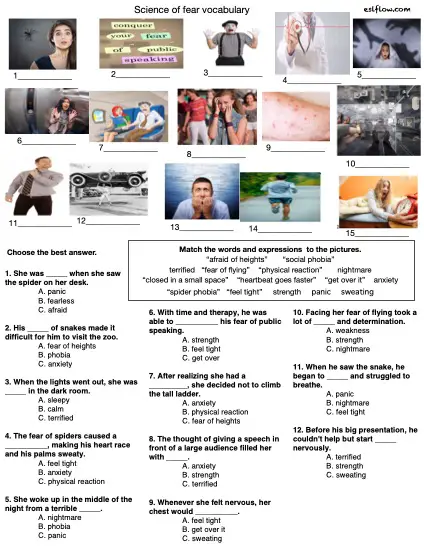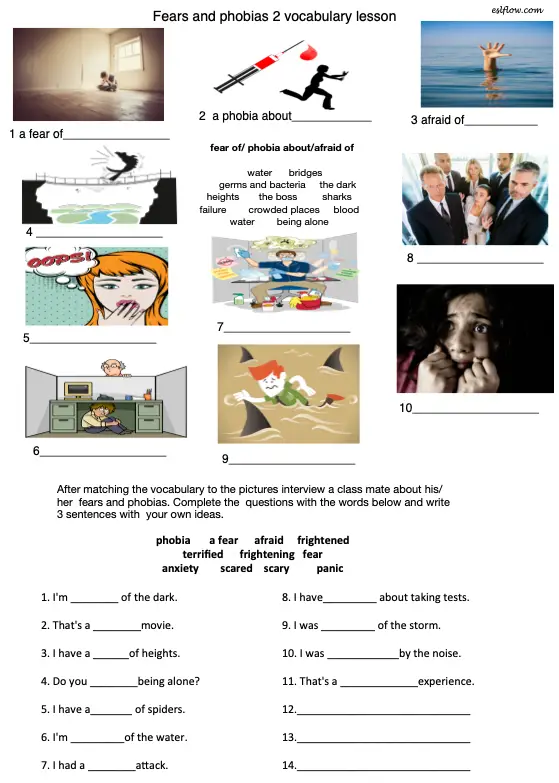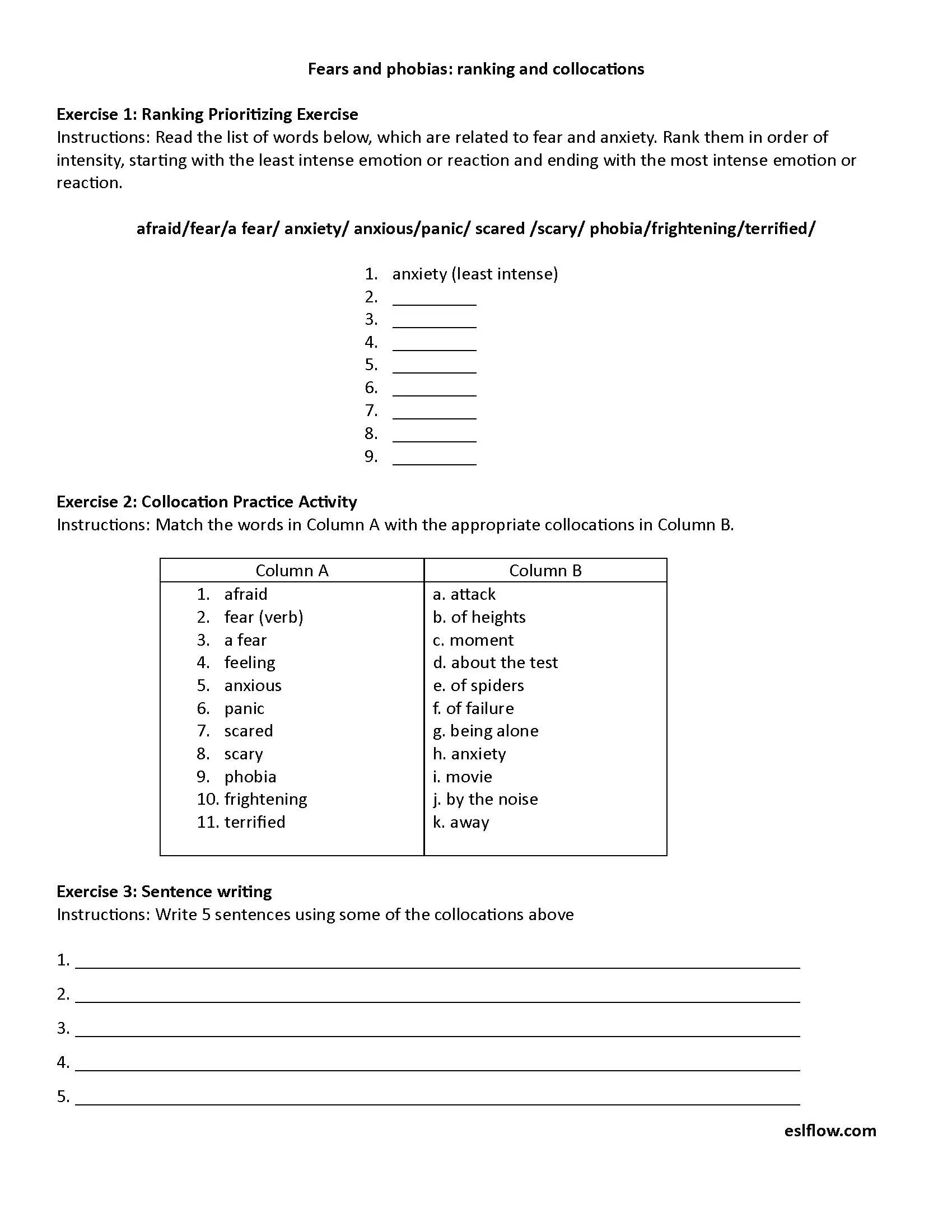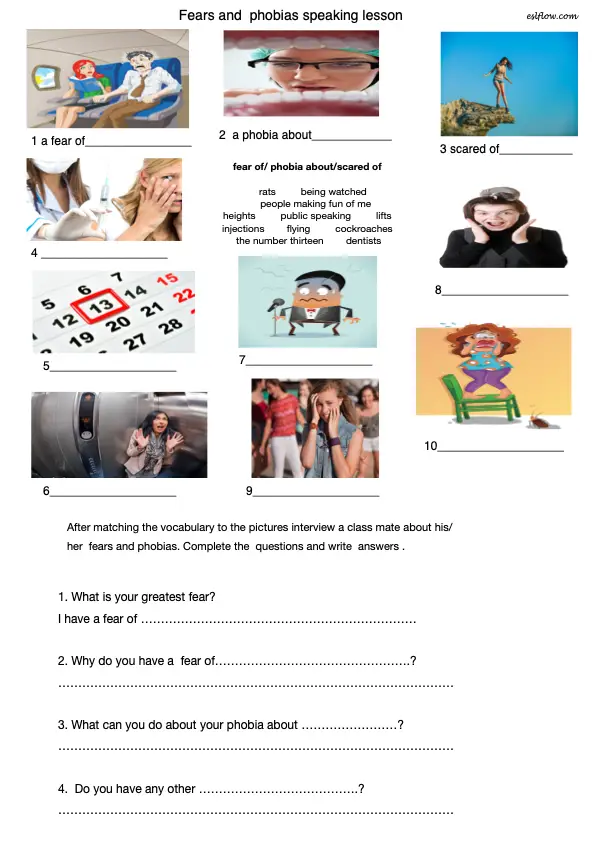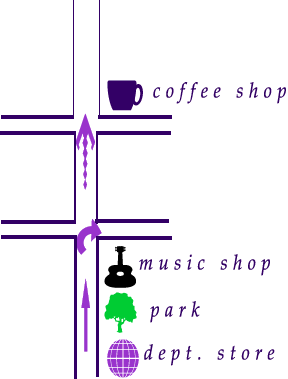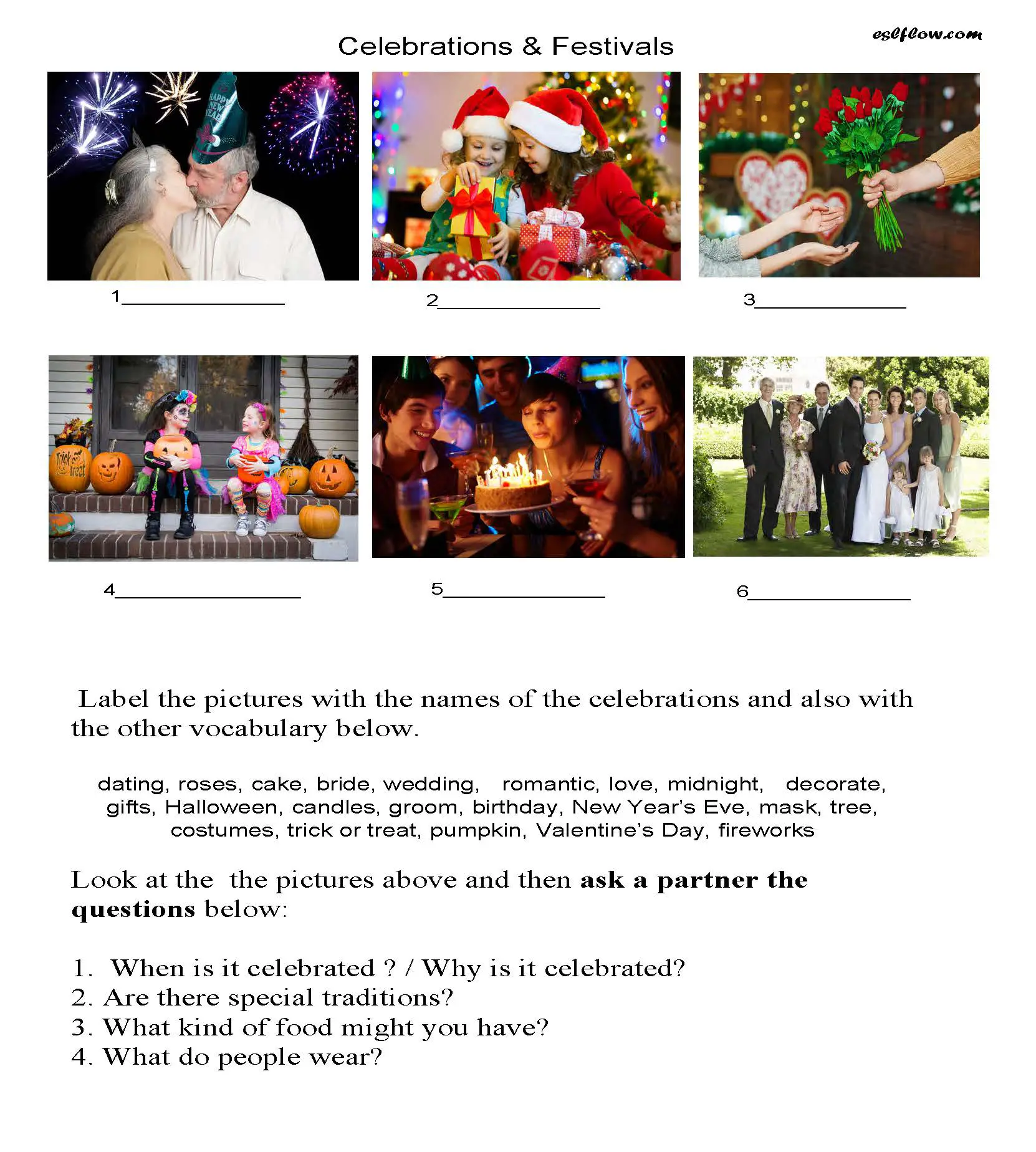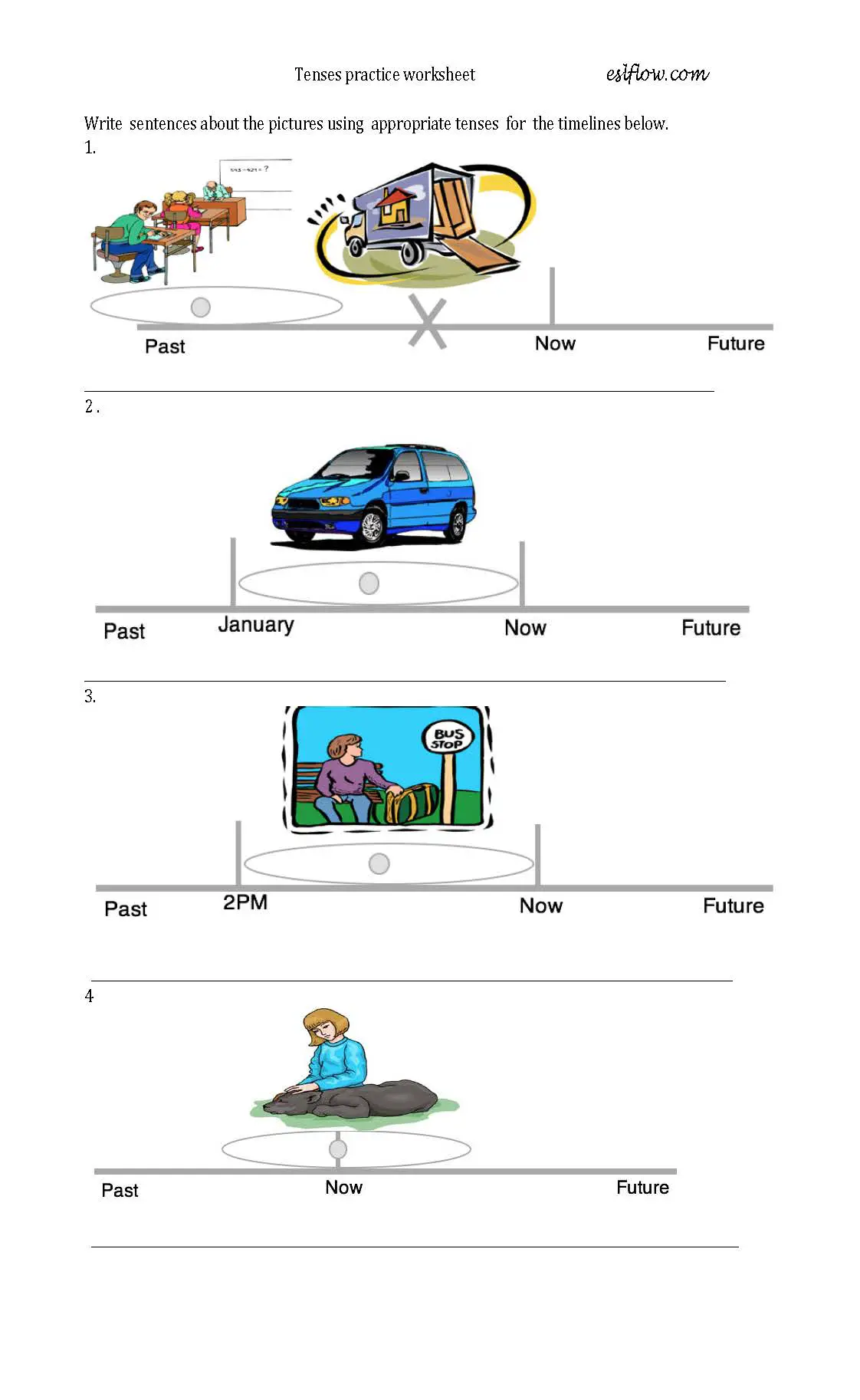Champagne Story
INTRO This is a communicative story creation activity that can be adapted to
any holiday or festival in the year.
STEP 1 Draw a brainstorm template on the board. (see Below).
STEP 2 Brainstorm sets of words or write up pre-prepared sets of words. Actually, I like to mix the two together as it enables me to use target vocabulary and the brainstorm can be funny and spontaneous, warming the students to the activity.
SET A
reindeer Santa Claus shepherd 3 wise men angel
SET B
lost hamburger Year 2030 elephant broken heart
SET C
Bangkok sunrise Xmas Eve Thai dancing carol
SET D
earthquake broke confused complain disagree
etc……………………………………………………………….
STEP 3 You need a set of words per 3 students. Also, remember a good story needs at a minimum 2 characters and a dilemma or bizarre situation.
STEP 4 To elicit the vocab I often ask questions like…
“What’s the name of a person in this class?”
(putting students into the stories adds a lot more fun to the activity)
“Give me a number”
or ” Give me a negative adjective”
Supposing you wanted to do a Christmas lesson you might select or elicit the words as in the sets above.
STEP 5 Once you have sets of about 6-8 words form the students into groups of three and tell them to write a short story. I always model a crazy story to get them
in the mood. Supposing they had the words below:
MIDNIGHT, CARDS, DECORATE, GHOST, FRED FLINSTONE, CHRISTMAS EVE
you might tell the story;
“At midnight on Christmas Eve Fred
Flintstone couldn’t sleep. He remembered he had
forgotten to put his cards with his presents
under the tree. So he went downstairs and suddenly
he was wide awake. There was something white
decorating the tree ……..”etc
STEP 6 After the stories are finished stick the word sets to the walls around the classroom . One of the authors of the stories will stay to field questions while the other two will walk around the room to ask questions. To make this fun and a
game give play money to the people answering questions. The questioners can
only ask Yes and No questions and if they receive a “Yes” they will receive
some money. It’s a good idea to elicit or drill Yes and No questions first. For example questions that could be asked for the story above might include:
Did Fred Flintstone decorate a Christmas tree?
Was Fred Flintstone at home?
Did this story take place on Christmas Eve? etc.
The questioners walk around the class trying to make as much money as possible. Don’t let the answerers reveal the details of their stories. Keep this as a “finale” to
the class. Get everyone to sit down and the teacher or a student will read the
stories. This is fun because a great deal of suspense should have been generated
by the questioning.
Related Resources:
Story telling ideas
Past Continuous and “Used to” Exercises
10 Adjectives Exercises Including Adjectives for People and Things
3 Parts of Speech Exercises
6 Picture-Based Present Continuous Worksheets (PDF)
8 Preposition Exercises for Location, Time and Movement (PDF)
5 Useful Passive Voice Practice worksheets
6 Present Perfect Language and Speaking Worksheets
Great Exercises for Conditionals (PDF)
